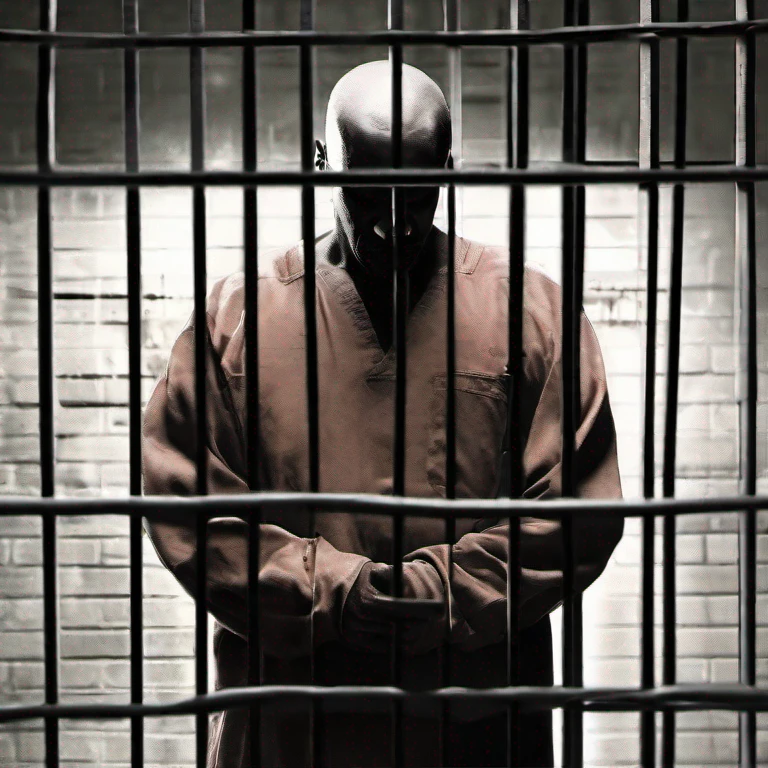On the somber corridors of death row, a complex juxtaposition unfolds—a convergence of individuals convicted for heinous crimes, awaiting their final moments, while finding solace, redemption, and even purpose through their religious beliefs. In attempting to understand the profound interplay between religion, faith, and death row inmates, we are confronted with a deeply human narrative of remorse, spiritual transformation, and the search for meaning in the face of unimaginable circumstances.
The Human Dilemma
Capital punishment provokes intense debates, moral quandaries, and legal controversies. In the shadows of this contentious practice, however, are the individuals who have been condemned to die—the death row inmates themselves. Although society often portrays them as irredeemable monsters, it is crucial to recognize their inherent humanity, which includes their capacity to explore faith and seek redemption in their darkest hours.
Religious Journeys
Within the confines of death row, religion and spirituality become vital pillars for inmates grappling with their impending mortality. For many, faith provides a sense of comfort, purpose, and an avenue for personal growth. Whether they turn to Christianity, Islam, Buddhism, or other religious traditions, inmates often find solace in the teachings, rituals, and guidance provided by their chosen faith.
The Power of Redemption
In the face of the ultimate punishment, death row inmates embark on a quest for redemption. Religion offers them a chance to confront their past deeds, seek forgiveness from a higher power, and reconcile with their own conscience. The process of spiritual transformation encourages the inmates to reflect on their actions, express remorse, and strive for personal growth. Some inmates even actively involve themselves in religious practices, leading prayer groups, mentoring fellow prisoners, or seeking ways to give back to society from behind bars.
Challenges and Controversies
Death row inmates, with their newfound religious fervor, often face skepticism and criticism from various quarters. Critics question their sincerity, dismissing their religious pursuits as mere desperate attempts to dodge their fate. Moreover, conflicts arise when considering the role of religion within the legal system, especially when it comes to granting clemency based on an inmate’s spiritual transformation. Balancing the inherent rights of religious freedom with the need for justice and accountability is a complex and multifaceted challenge that society grapples with.
Lessons for Society
The journey of death row inmates and their profound engagement with religion carries important lessons for society as a whole. It forces us to confront our biases and recognize the potential for personal growth and change, even in the most seemingly irredeemable individuals. It also highlights the transformative power of faith, demonstrating the capacity for religion to heal wounds, instill hope, and facilitate personal transformation, even in the darkest of circumstances.
Faith and Mortality
The stories of death row inmates paint a complex and deeply human portrait of the intertwining relationship between faith and mortality. While we grapple with the ethical dimensions of capital punishment, it is crucial to remember the potential for spiritual growth, redemption, and rehabilitation that religion offers even in the face of extreme circumstances. By engaging in thoughtful conversations and considering these narratives of religious transformation, we can foster a more compassionate and nuanced understanding of the lives affected by the most famous death row inmates.
